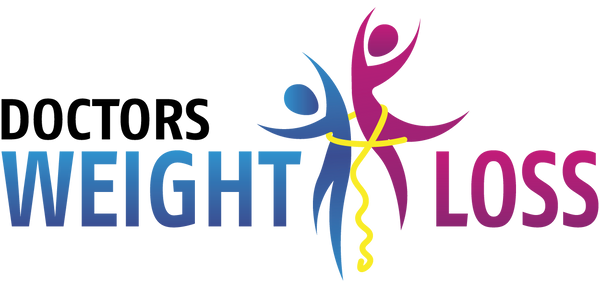One of the 10 most-searched diets of recent years, you have probably heard of the Ketogenic Diet, otherwise known as “Keto.” If you’re curious (and a little bit confused) about this high-fat fitness rage, you are not alone, so I’d like to give you a little bit of background and advice. There are different ways to approach the Keto lifestyle and although it may seem as if you’re supposed to eat bacon and butter all day long, that’s not exactly the case. Read on for a quick synopsis on the plan and some Keto tips 101!
So, what does ‘ketogenic’ mean and what does this diet consist of? The concept behind Keto is to eat enough fat, so fat is used for fuel which is the state of ketosis. The typical Keto protocol is to get at least 70 percent of your calories from fats in order to promote weight loss. In addition, roughly 25 percent of your calories will come from protein and five percent from carbohydrates. If that sounds too stringent, the following Keto tips may gradually get you there, or if you’re like me, you may see some benefits from being “semi-Keto.” If you’re looking for an extra boost and want to reap the benefits of the Keto diet sooner rather than later, get into Ketosis quickly with our Kegenix Prime:https://doctorsbestweightloss.com/collections/kegenix
- Know your Keto grocery list. You can actually enjoy a wide variety of foods on the Keto diet! Your basic food groups are non-starchy vegetables, low-sugar fruits, nuts and seeds, your favorite proteins--anything from beef to poultry or seafood, some dairy such as cheese, butter, and cream, and a variety of fats such as coconut oil, extra-virgin olive oil, egg yolks, avocado, wild salmon, red meats, and yes....you can have some bacon....and caffeine....and a little bit of dark chocolate.
- Use fat as a lever. This is a popular concept in the Keto community and it means you can adjust your fat intake based on your personal weight loss goals as we are all different and will have different results. If you're new to Keto, you can play around with your fat lever to find what amount of fat intake works best for you!
- Understand ‘net carbohydrates.’ You’ll hear many Keto fanatics talking about how they’re consuming as little as 20 grams of carbohydrates per day which may seem impossible. Understand they are referring to net carbohydrates which is grams of carbohydrates minus grams of fiber. For example, if you eat 1/2 cup of broccoli with three grams of carbohydrates and one gram of fiber, your ‘net carbs’ will be two grams.
- What is MCT oil? If you want to get serious about Keto, you may want to explore this supplement. Medium-chain triglyceride (MCT) oil contains particular fats with shorter carbon chains that promote the fat burning state of ketosis. Coconut oil has some similar fats, however, it contains a much higher percentage of the fats with longer carbon chains which are not as conducive for achieving the state of ketosis. You can add MCT oil to your coffee for a morning energy and fat boost!
- Stick with the general concept. A key concept to the Keto diet is the fact that all Keto foods are either no- or low-sugar. This is critical because sugar turns to fat if not burned so when we consume limited amounts of sugar, it's easier to lose weight and keep it off. So even if your fat/protein/carbohydrate proportions are not perfectly Keto, odds are you will still see results if you stick to a Keto-approved foods list!
As with any other dietary lifestyle, Keto can be difficult to grasp at first so don’t be hard on yourself if it doesn’t go exactly as planned. Taking baby steps towards your goals by making one small change at a time can result in substantial long-term results. Good luck with your upcoming progress and check back in frequently for future health and weight loss strategies.






